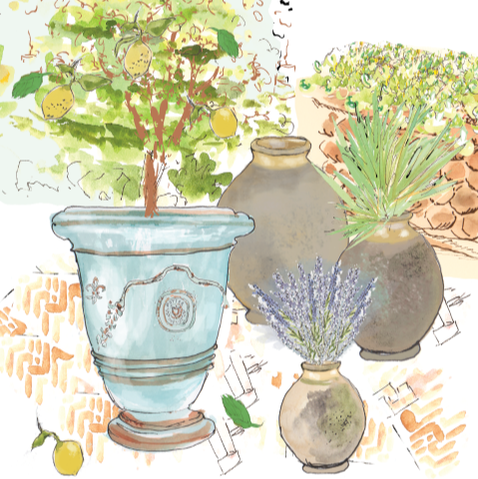|
For centuries, earthenware vessels were a standard in French kitchens, especially those in the South of France where the weather was much warmer. Charming, yet utilitarian pots, jars, jugs, and bowls, with their bright, beautiful glazes, were once used to preserve everything from duck and geese to jams and oils; collect milk for the making of cream and cheeses as well as for rinsing vegetables and washing dishes; for serving water or wine in the home and the fields. Historically used before refrigeration was invented, antique clay vessels known as pots de confit were used to store or preserve duck that was slow cooked in its own fat. These quintessential French pots are easily recognized by their glazed tops and earthenware bottoms — made famous in Vincent van Gogh’s series of sunflower paintings he did while in Provence. Vincent van Gogh, Vase with 12 sunflowers, 1888. Oil on canvas, Neue Pinakothek (Munich) Typically, the top half of a confit pot was glazed a beautiful yellow color — from mustard, to honey or a bright sunshine yellow. Chips, drips, and imperfections help authenticate the utilitarian pots and only add to their patina and desirability. The color of the glaze is characteristic of the region the pot was made and some of these charming pots have a beautiful off white glaze called terre de fer, an indication they were made in the Albigeois region in the South of France. The rarest pots have a green glaze. Because confit pots needed to stay cool as part of the preservation process, they were covered and either buried in the ground of the cellar or stored in a stone lined larder once the duck had been cooked and cooled. This is the reason there is no glaze on the bottom of most pots — it tended to peel when stored in the cool dirt. The word confit, from the French word confire, literally means “to preserve,” and when stored in a cool place, confit pots filled with delicious confit de canard or duck confit lasted all winter. The dish was meant to sustain locals during the cold winter months after all. Confit pots come in many shapes and sizes, but the smaller pots that were used to store only one serving of duck confit are the most difficult to find and are very collectible. It’s even said that King Henri IV of France, born near Gascony, a region renowned for the quality of its duck, loved and missed the classic delicacy from southwest France so much that he had barrels of it sent to him in Paris during his reign. The antique French basin-like earthenware vessel, originally made in Narbonne, France (near Spain), is known as a tian. Wide at the mouth and narrow at the base with an unglazed, pale terracotta exterior and a beautiful glaze to the interior and lip, tians were traditionally used in southwest France to prepare duck confit or cassoulet, two of the local specialties of the region. The French also used tians in the collection of goat’s milk for the making of cream and cheeses, to rinse vegetables, and to wash dishes or perhaps even bébés. Another very collectible French earthenware vessel is the cruche. Half-glazed with two handles, a spout, and a lid, these water jugs were also stored in the ground as a means of keeping water cool. The largest cruches were used to collect water from a fountain or a spring and were carried by donkeys or mules. Smaller cruches were traditionally used to serve cooled water in the fields and at home. Similar thermos-like jugs called gargoulettes were worn on a belt and allowed those working in the hot Provençal sun to have a drink of cool water. The drinking spout was made long and thin so several people could drink from the cruche without touching their lips to the spout while the pouring spout had a trumpet like shape and was corked to prevent spilling. Because gargoulettes were usually worn on a belt, they did not suffer as much breakage as other vessels. Today, confit pots, tians, and cruches are very popular and collectible for their bright, beautiful colors as well as their many uses. Now that spring has sprung, it’s the perfect time to bring those vivid hues of yellow and lush shades of green inside your home by adding various pieces of antique French pottery to your decor. Place blooming branches or flowers from your garden into confit pots, use creamy white confiture pots for jams, olives, mustard or other condiments, and fill a lovely tian bowl with fruits or vegetables. Pair with an antique bread board for that perfect je ne sais quoi. Whether grouped together in a corner, used as a centerpiece on the dining room table, or tucked away on open shelves, glazed French pottery adds a colorful punch and a bit of French Country charm to any room. It also makes for a very très chic egg hunt! Joyeuses Pâques!
7 Comments
4/16/2020 03:24:22 pm
Hi Anne,
Reply
Susan
12/26/2020 04:45:54 pm
I have several Provence pottery pieces with a P stamp (and bit of scroll) and I don’t know how to find out about the potter.
Reply
12/26/2020 11:38:13 pm
Hi Susan,
Reply
6/23/2021 08:51:45 am
I really liked your way pf presenting the article. Thank you for sharing this wonderful article.
Reply
6/23/2021 10:52:27 am
Thanks so much, Alex. I'm glad you enjoyed it!
Reply
Sara C Davis
8/16/2021 08:33:33 am
Great article! Do you know much about the pottery signed "Vallauris". I have a trivet with that signature.
Reply
Leave a Reply. |
Mimi Montgomery
When this self-described Francophile is not reading or writing about all things French, she's dreaming up charming new ways to showcase Lolo French Antiques et More or traveling to France with Lolo to buy delightful treasures for their store. Mimi, Lolo, and their new French Bulldog, Duke, live in Birmingham, AL. Archives
May 2024
Categories
All
SHOP ALL |
~ NEW SHIPMENT HAS ARRIVED!! ~
- HOME
-
SHOP ALL
-
NEW SHIPMENT
-
EXPLORE
-
ALLEZ ALLEZ
>
- DELIGHTFUL DO'S The 2024 New Year List
- DELIGHTFUL DO'S The 2023 Fall List
- DELIGHTFUL DO'S The 2023 Summer List
- DELIGHTFUL DO'S The 2023 Spring List
- DELIGHTFUL DO'S The 2022 Holiday List
- DELIGHTFUL DO'S The 2022 Fall List
- DELIGHTFUL DO'S The 2022 Summer List
- DELIGHTFUL DO'S The 2021 Fall List
- DELIGHTFUL DO'S The 2021 Summer List
- DELIGHTFUL DO'S The 2021 Spring List
- DELIGHTFUL DO'S The 2021 New Year's List
- DELIGHTFUL DO'S The 2020 Holiday List
- DELIGHTFUL DO'S The Spring List
- DELIGHTFUL DO'S The New Year's List
- DELIGHTFUL DO'S The Holiday List
- A TO Z GLOSSARY
- BLUEPRINT >
- FÊTES & FOLLIES >
- FRENCH TRADITIONS
- LOLO LOVES
- MEDIA MENTIONS
- TESTIMONIALS
- THREE FRENCH HOUNDS
- TIMELINE >
- TRAVEL >
-
ALLEZ ALLEZ
>
- ABOUT
- SALE
- BLOG
- 🔎 SEARCH
- HOME
-
SHOP ALL
-
NEW SHIPMENT
-
EXPLORE
-
ALLEZ ALLEZ
>
- DELIGHTFUL DO'S The 2024 New Year List
- DELIGHTFUL DO'S The 2023 Fall List
- DELIGHTFUL DO'S The 2023 Summer List
- DELIGHTFUL DO'S The 2023 Spring List
- DELIGHTFUL DO'S The 2022 Holiday List
- DELIGHTFUL DO'S The 2022 Fall List
- DELIGHTFUL DO'S The 2022 Summer List
- DELIGHTFUL DO'S The 2021 Fall List
- DELIGHTFUL DO'S The 2021 Summer List
- DELIGHTFUL DO'S The 2021 Spring List
- DELIGHTFUL DO'S The 2021 New Year's List
- DELIGHTFUL DO'S The 2020 Holiday List
- DELIGHTFUL DO'S The Spring List
- DELIGHTFUL DO'S The New Year's List
- DELIGHTFUL DO'S The Holiday List
- A TO Z GLOSSARY
- BLUEPRINT >
- FÊTES & FOLLIES >
- FRENCH TRADITIONS
- LOLO LOVES
- MEDIA MENTIONS
- TESTIMONIALS
- THREE FRENCH HOUNDS
- TIMELINE >
- TRAVEL >
-
ALLEZ ALLEZ
>
- ABOUT
- SALE
- BLOG
- 🔎 SEARCH


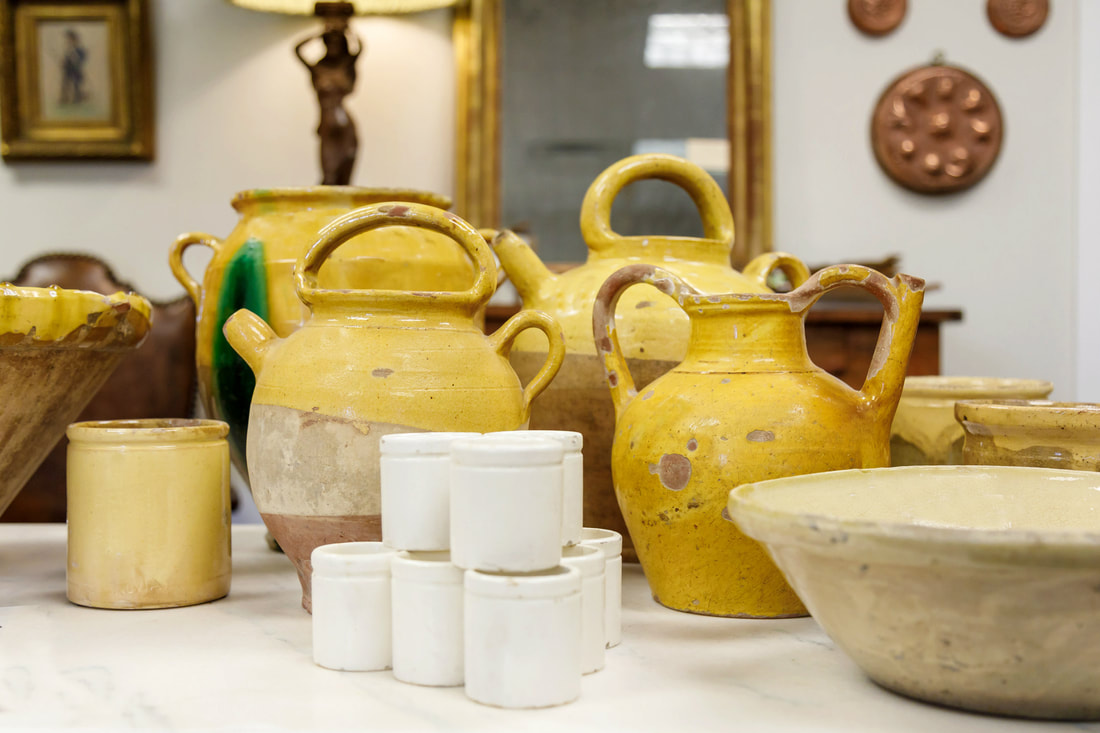
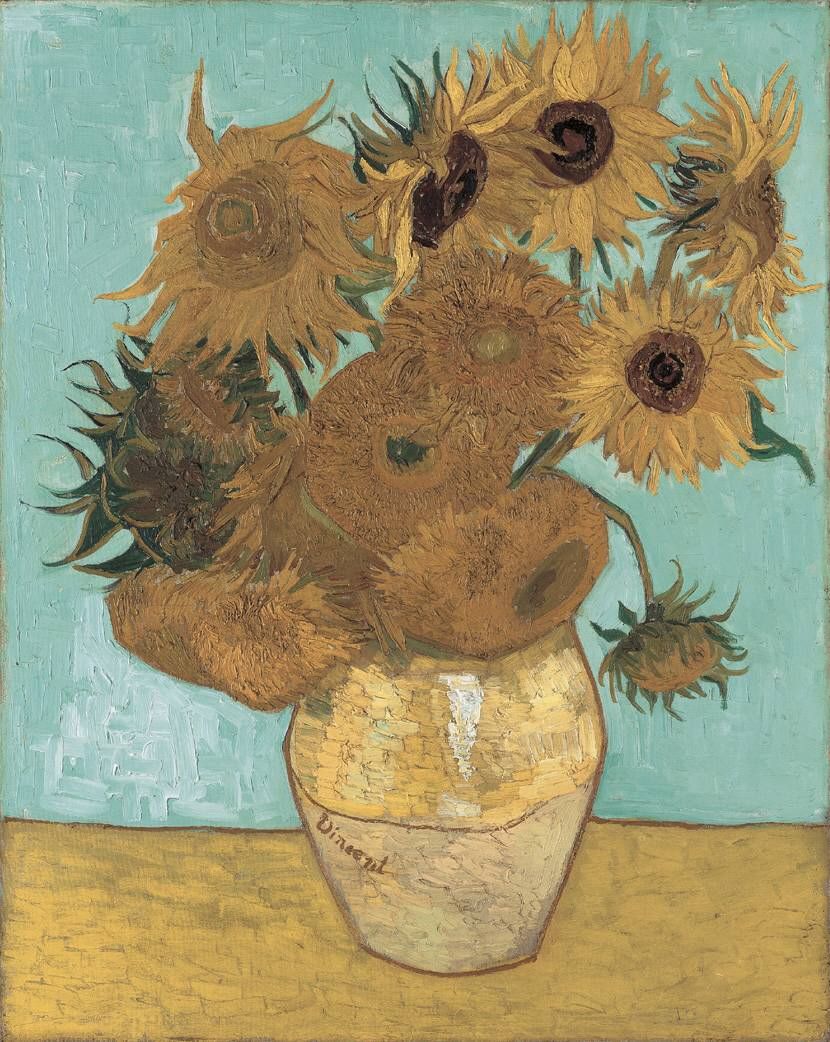
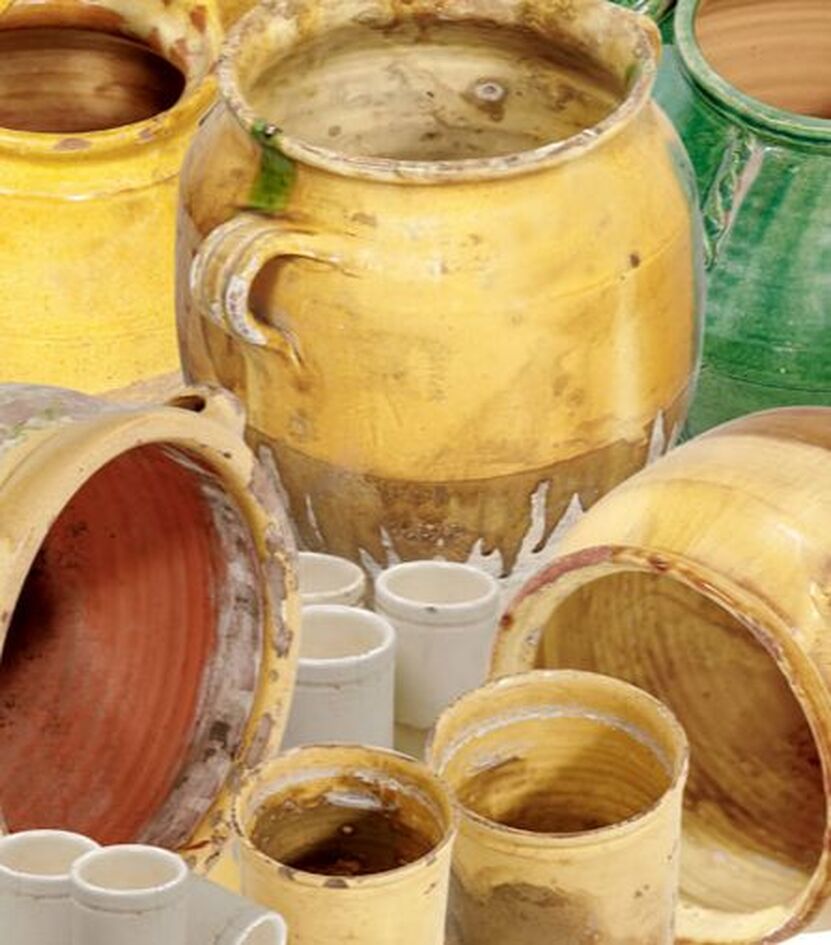
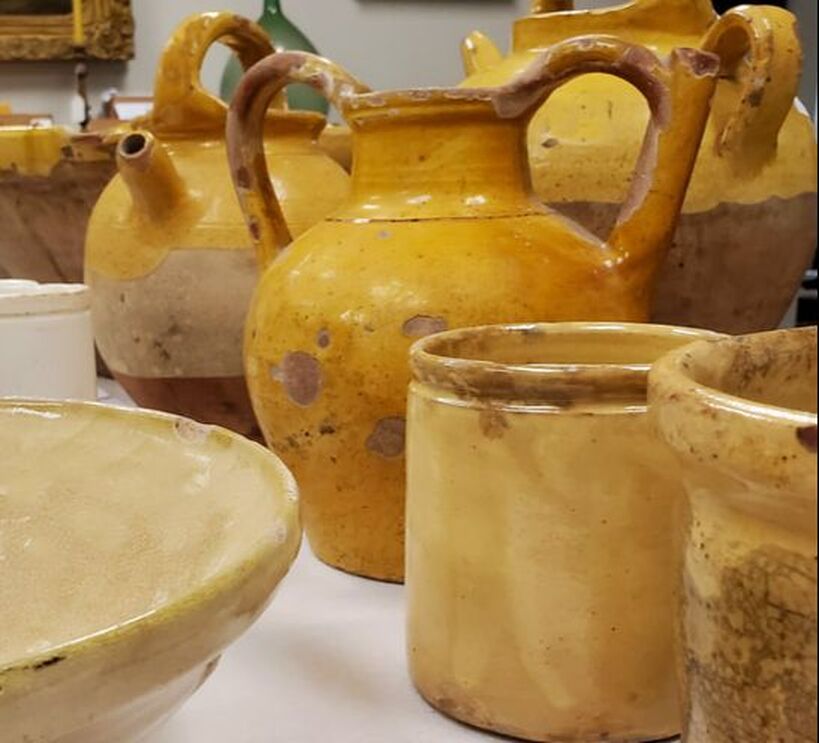
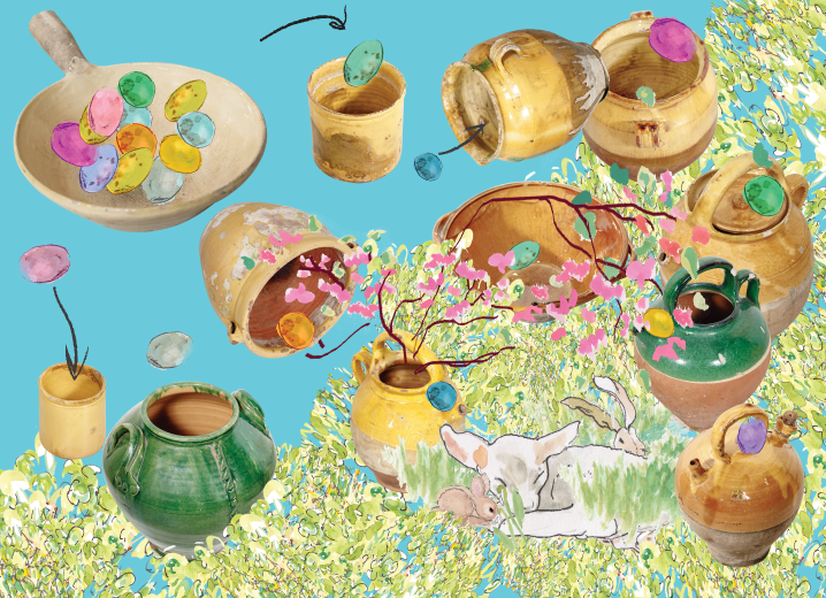

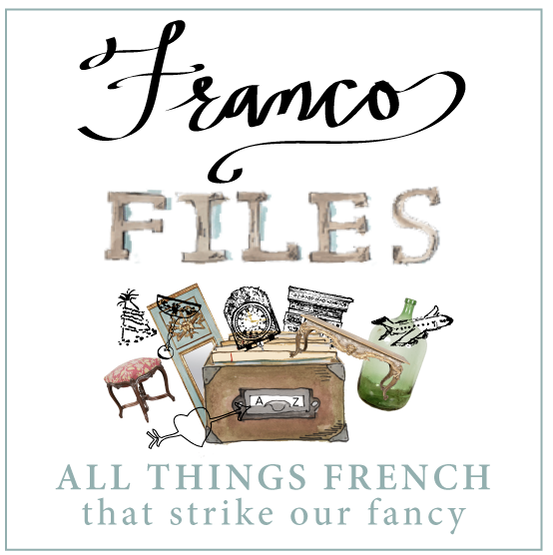

 RSS Feed
RSS Feed

